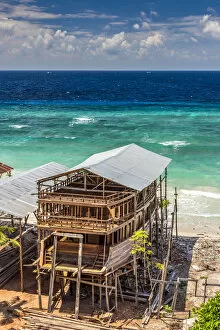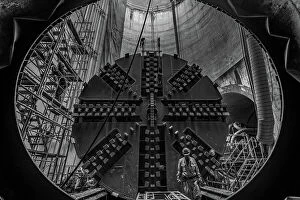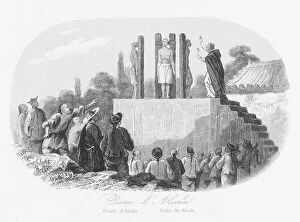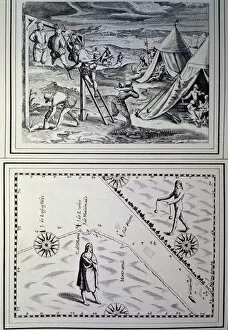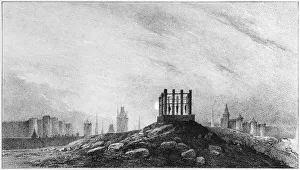Scaffold Collection (page 3)
"Scaffold: A Testament to Human Ingenuity and Progress" Throughout history
All Professionally Made to Order for Quick Shipping
"Scaffold: A Testament to Human Ingenuity and Progress" Throughout history, scaffolds have played a vital role in the construction of some of the world's most iconic structures. Dating back to 1827, bricklayers relied on these temporary frameworks as they meticulously built walls that would stand the test of time. One such example is Big Ben, whose majestic clock tower stood tall under a scaffold during its construction. The sight of this towering landmark shrouded in metal beams only added to its mystique and grandeur. Across the Atlantic Ocean, another symbol of freedom took shape amidst scaffolding - the Statue of Liberty. In Paris, craftsmen carefully assembled each piece under their watchful eyes, ensuring Lady Liberty would rise triumphantly above New York Harbor. Scaffolds also served as platforms for progress in other industries. In 1934, an awe-inspiring view captured Queen Mary at Clydebank shipyard in Glasgow. This giant Cunard liner showcased human achievement and engineering prowess against a backdrop of steel bars. Artists too found inspiration within these temporary structures. Francois Rude immortalized his work on canvas while working on the Arc de Triomphe in 1893. His brushstrokes encapsulated both beauty and labor intertwined within each stroke. Closer to home, bridges like Needle Eye Bridge over M1 at Barnsley stood proud thanks to scaffolding support during their construction phase. These architectural marvels connected communities and paved way for progress across South Yorkshire. In Cornwall's tin mining industry during the 19th century, miners relied on sturdy scaffolds deep underground as they extracted precious resources from Mother Earth's embrace – a testament to human resilience even in treacherous conditions. Religion too found solace within scaffolded walls; St George's Cathedral proudly claimed its title as one of the largest wooden churches globally—a spiritual sanctuary crafted with meticulous precision by skilled hands supported by timber frames reaching towards heaven. Even the most iconic structures required temporary support.




